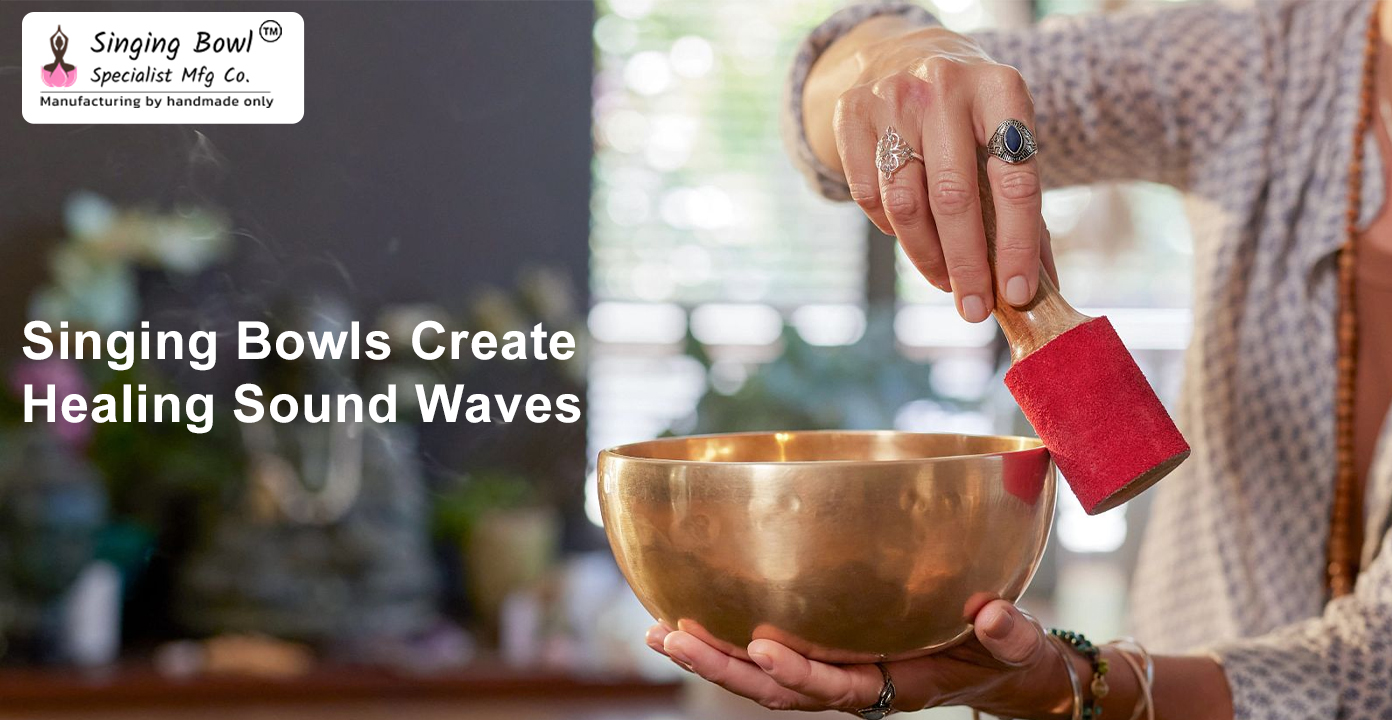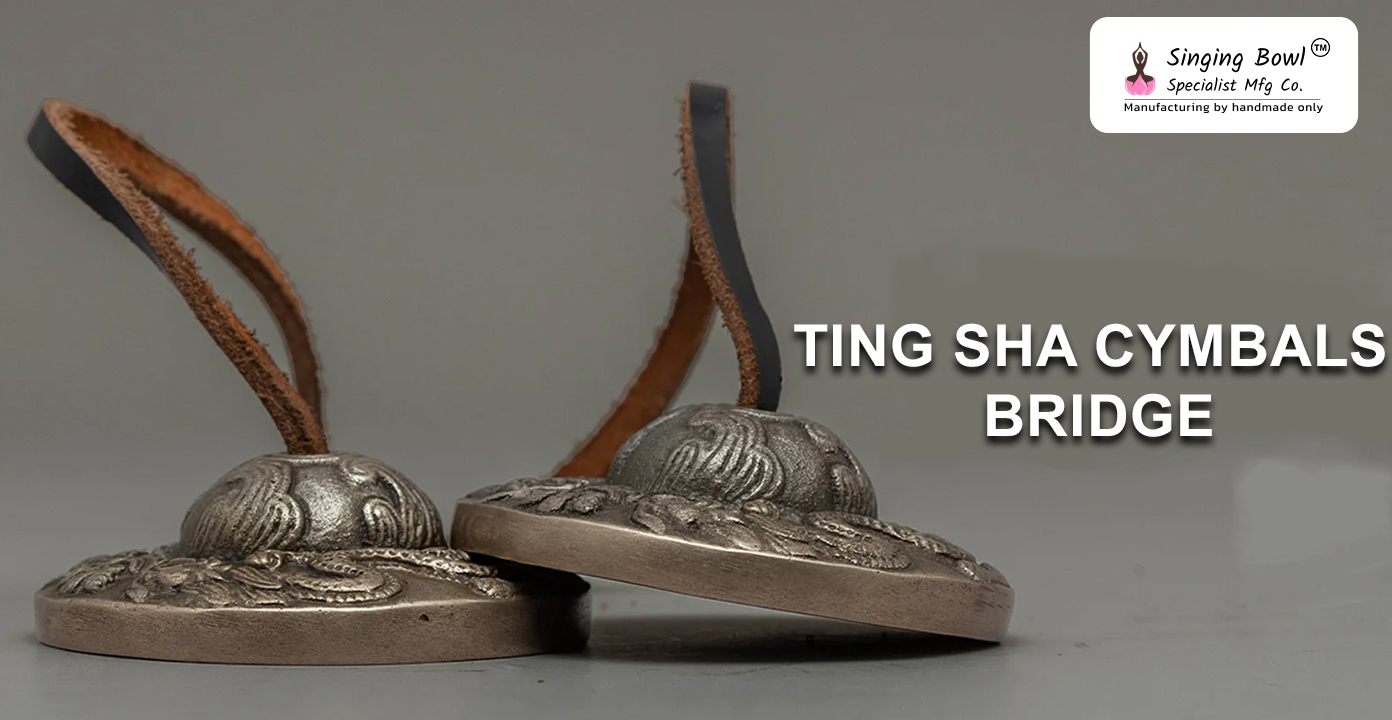When it comes to exporting singing bowls worldwide, ensuring safe, cost-effective, and compliant packaging and shipping is critical to business success. Whether you're supplying yoga studios in the U.S., wellness centers in Europe, or spiritual retailers in Australia, every detail matters from protecting the product’s resonance to meeting international standards.
At Singing Bowl Specialist, we’ve perfected the art of exporting handcrafted singing bowls to over 35 countries with zero damage claims and 100% customer satisfaction. In this comprehensive guide, we share commercially-proven tips and industry insights that will help exporters and importers manage smooth logistics while preserving the soul of each bowl.
Why Proper Packaging Matters for Singing Bowls
Singing bowls are not just metal products—they are sensitive sound instruments. Poor handling or inadequate packaging can affect their tuning, cause scratches, dents, or even hairline cracks. A single mishap in transit can result in loss of tone quality, customer dissatisfaction, and brand reputation damage.
That’s why brands like Singing Bowl Specialist invest heavily in robust, eco-friendly packaging systems tailored to the material, size, and destination of each order.
Step-by-Step Guide to Professional Singing Bowl Packaging
1. Individual Bowl Wrapping with Sound Safety in Mind
Each bowl must be treated as a musical instrument. At Singing Bowl Specialist, we use :
- Soft foam sheets or bubble wrap to wrap each bowl individually.
- Acid-free tissue paper to prevent surface reactions or oxidation.
- Non-abrasive material to preserve the hand-hammered or antique finish.
2. After wrapping the bowl, the next step is to place it in a box with protective fillers
- Recycled kraft paper or cornstarch-based packing peanuts
- Air pillows to stabilize the bowl inside the box
- For premium shipments, we use molded eco-foam inserts cut precisely to fit the bowl's diameter
3. Use of Double-Layer Corrugated Boxes
For every shipment, double or triple-wall corrugated cartons are essential. These cartons:
- Resist compression and edge crushing
- Provide optimal strength for stacking in containers or cargo holds
- Are moisture-resistant for sea freight
4. Labeling for Clarity and Compliance
Each package must have clear external labeling, such as:
- Fragile – "Musical Instrument"
- Do Not Stack
- Handle with Care
- Harmonized codes and destination country barcodes
5. Moisture Control and Climate Protection
Since singing bowls are made from metal alloys, climate conditions during transit can affect their finish and structure. To prevent this:
- Silica gel sachets are added to every box to absorb moisture
- Waterproof liners or plastic bag seals are used for long-distance sea freight
Smart Shipping Strategies for International Markets
Smart Shipping Strategies for International Markets
1. Choosing the Right Mode: Air vs. Sea
Air Freight: Best for small to medium orders, urgent deliveries, or high-value bowls. Transit time: 3–7 days. Cost: Higher.
Sea Freight: Ideal for large bulk orders. Transit time: 15–45 days. Cost: Economical for volume-based exports.
Singing Bowl Specialist offers both options, working with leading freight forwarders and consolidators to keep costs optimal.
2. Use of Pallets and Crates for Bulk Orders
For large shipments (100+ pieces), we recommend:
- Wooden or plastic pallets to facilitate forklift handling
- Custom crates for extra protection in containerized cargo
- Shrink-wrapping and edge protectors to prevent shifting
This ensures the bowls arrive exactly as they left—perfectly tuned and undamaged.
3. Insurance and Tracking
Every shipment from Singing Bowl Specialist is covered with marine cargo insurance or air transit insurance to mitigate risk.
Additionally, all international parcels include:
- End-to-end tracking IDs
- Online visibility portals
- Proof of delivery and condition report
Clients can monitor their shipments in real time, from our Indian warehouse to their doorstep abroad.
4. Compliance with International Regulations
Each country has different regulations for metal imports. We always provide:
- Certificate of Origin
- Material composition declaration
- Fumigation certificates (for wooden crates)
- Commercial Invoice & Harmonized System Codes
This reduces the chance of delays and helps smooth customs clearance.
Singing Bowl Exporters
- Always test pack a few bowls before scaling up bulk shipments.
- Get feedback from international buyers regarding packaging quality.
- Offer sample shipments to assess customs efficiency in the buyer’s country.
- Work with experienced freight forwarders who understand the sensitivity of the product
Why Choose Singing Bowl Specialist for Global Exports
As a trusted manufacturer and exporter of handcrafted singing bowls, Singing Bowl Specialist is committed to:
- Zero-damage, vibration-safe packaging
- Export-grade logistics with full compliance
- Eco-conscious practices without sacrificing durability
On-time delivery across 30+ countries
Frequently Asked Questions (FAQ)
Q1. Why is special packaging important for singing bowl exports?
Singing bowls are often made of metal or crystal and can be easily damaged, scratched, or dented during transit. Proper packaging ensures that the product reaches international buyers in perfect condition, maintaining its value and usability.
Q2. What materials are best for packaging singing bowls?
Recommended materials include:
- Bubble wrap or foam sheets for cushioning
- Corrugated boxes (double or triple wall for heavy bowls)
- Molded inserts or padding to secure the bowl
- Cloth or cotton bags for aesthetic and scratch protection
Q3. How should multiple singing bowls be packed together?
Each bowl should be individually wrapped to avoid scratching. Use dividers or individual boxes within a larger carton, ensuring they do not touch or shift during transit.
Q4. Are there eco-friendly packaging options for singing bowls?
Yes. Exporters can use:
- Recycled paper or cardboard
- Biodegradable packing peanuts
- Cloth bags instead of plastic wrapping
- Paper tape instead of plastic tape
Q5. What are the common shipping methods for international delivery?
Exporters typically use:
- Air freight for smaller, high-value shipments needing faster delivery
- Sea freight for bulk or heavier shipments with cost efficiency
- Courier services (DHL, FedEx, UPS) for retail or sample orders
Exporters typically use:
- Air freight for smaller, high-value shipments needing faster delivery
- Sea freight for bulk or heavier shipments with cost efficiency
- Courier services (DHL, FedEx, UPS) for retail or sample orders










